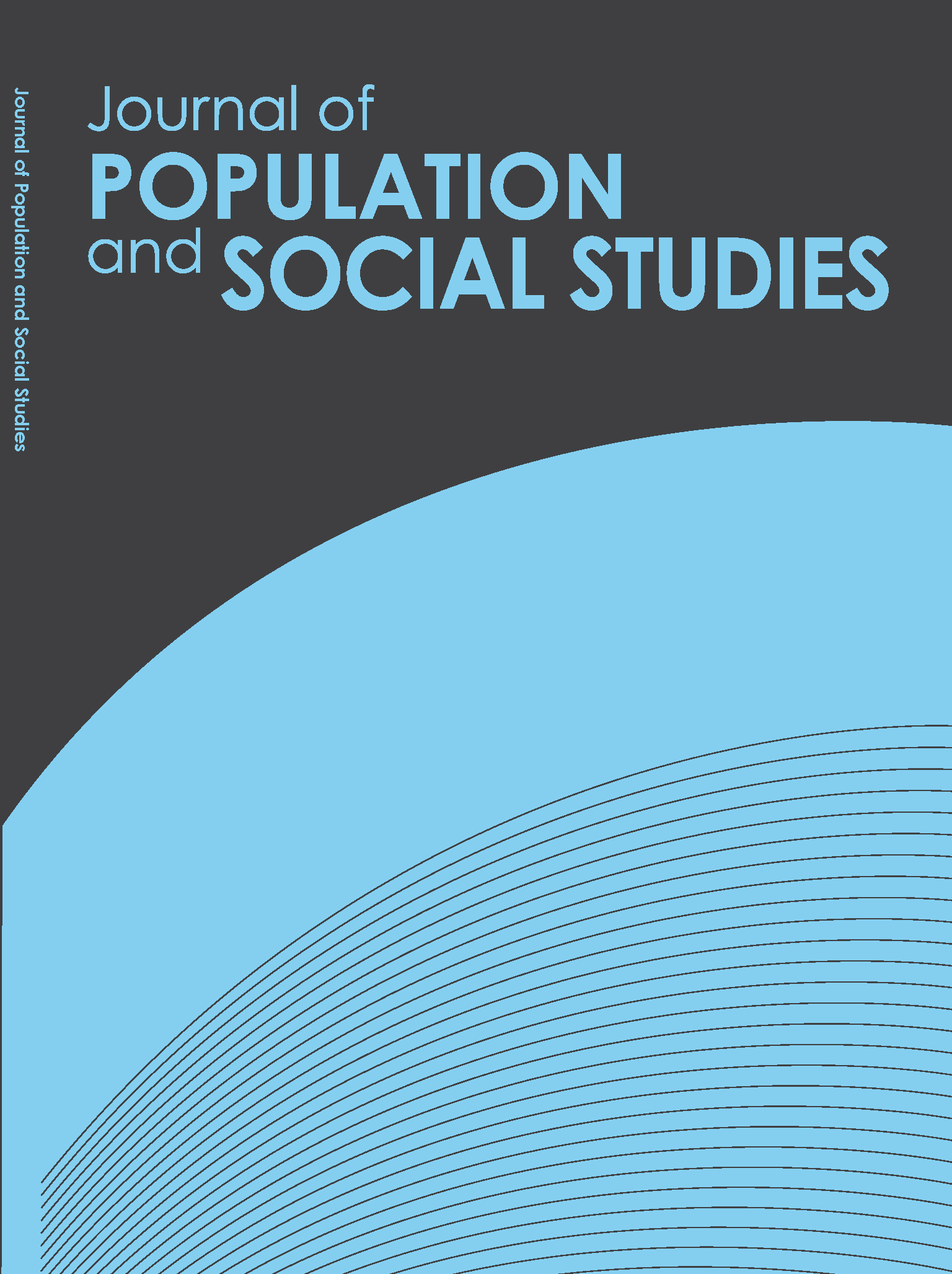Marriage Before 16 or 18 years: The Effect of Marital Age on Women’s Educational Attainment in Bangladesh
Main Article Content
Abstract
In spite of the high prevalence of child marriage in Bangladesh, studies of its effect on the educational attainment of women are limited. We sought to answer the following questions: To what extent does the effect of child marriage on educational attainment vary for women married below 16 and below 18 years of age? Secondly, how does age at first marriage affect a woman’s length of participation in school? Bivariate and multivariate analyses were conducted by using the 2011 Bangladesh Demographic and Health Survey, which included 17,749 respondents who were ever-married women aged 15-49. Child marriage before age 16 (as compared with 18) leads to a higher rate of incomplete secondary education, and a lower rate of educational attainment for women. A one-year decrease in age at first marriage leads to six months loss of education for women. For this reason, we recommend that the government refrain from fixing the legal age of marriage at age 16 for women.
Article Details
References
Axinn, W. G. (1993). The effects of children's schooling on fertility limitation. Population Studies, 47(3), 481-493. doi: 10.2307/2175129
Bhabha, J., & Kelly, O. (2013). Child marriage and the rights to education: Evidence from India. Cambridge, MA: FXB Centerb for Health & Human Rights. Harvard University. Retrieved from https://cdn2.sph.harvard.edu/wp-content/uploads/sites/5/2013/12/Submission-for-OHCHR.pdf.
Brown, G. (2012). Out of wedlock into school: Combatting child marriage through education. London: The Office of Gordon and Sarah Brown Ltd. Retrieved from http://educationenvoy.org/wp-content/uploads/2013/09/Child-Marriage.pdf
Chowdhury AMR, Nath SR, Choudhury RK & Ahmed M (2002). Renewed hope daunting challenges: State of primary education in Bangladesh. Dhaka: Campaign for Popular Education and University Press Limited.
Dixon-Mueller, R. (2008). How young is “too young”? Comparative perspectives on adolescent sexual, marital, and reproductive transitions. Studies in Family Plannning, 39(4), 247-262. doi: 10.1111/j.1728-4465.2008.00173.x
Emirie, G. (2005). Early marriage and its effects on girls’ education in rural Ethiopia: The case of Mecha Woreda in West Gojjam, North-Western Ethiopia, (Unpublished doctoral dissertation), Georg-August University of Göttingen, Göttingen, Germany.
Field, E.& Ambrus, A. (2008). Early marriage, age of menarche, and female schooling attainment in Bangladesh. Journal of Political Economy, 116(5), 881-930.
Government of Bangladesh. (2010). The Child Marriage Restraint Act, 1929 (ACT NO. XIX OF 1929): Legislative and Parliamentary Affairs Division, Ministry of Law, Justice and Parliamentary Affairs.
Government of Bangladesh. (2014). Child Marriage Restraint Act, 2014 (Draft): Ministry of Women and Children Affairs.
Hadden, K., & London, B. (1996). Educating girls in the Third World. The demographic basic needs and economic benefits. International Journal of Comparative Sociology, 37(1-2), 31-46.
Hannum, E., & Buchmann, C. (2003). The consequences of global educational expansion. Cambridge, MA: American Academy of Arts and Sciences. Retrieved from http://amacad.org/multimedia/pdfs/publications/researchpapersmonographs/Ubase.pdf
ICDDR,B and Plan Internaational. (2013). Child marriage in Bangladesh-Findings from a National Survey 2013. Dhaka. Retrieved from https://plan-international.org/child-marriage-bangladesh-findings-national-survey


